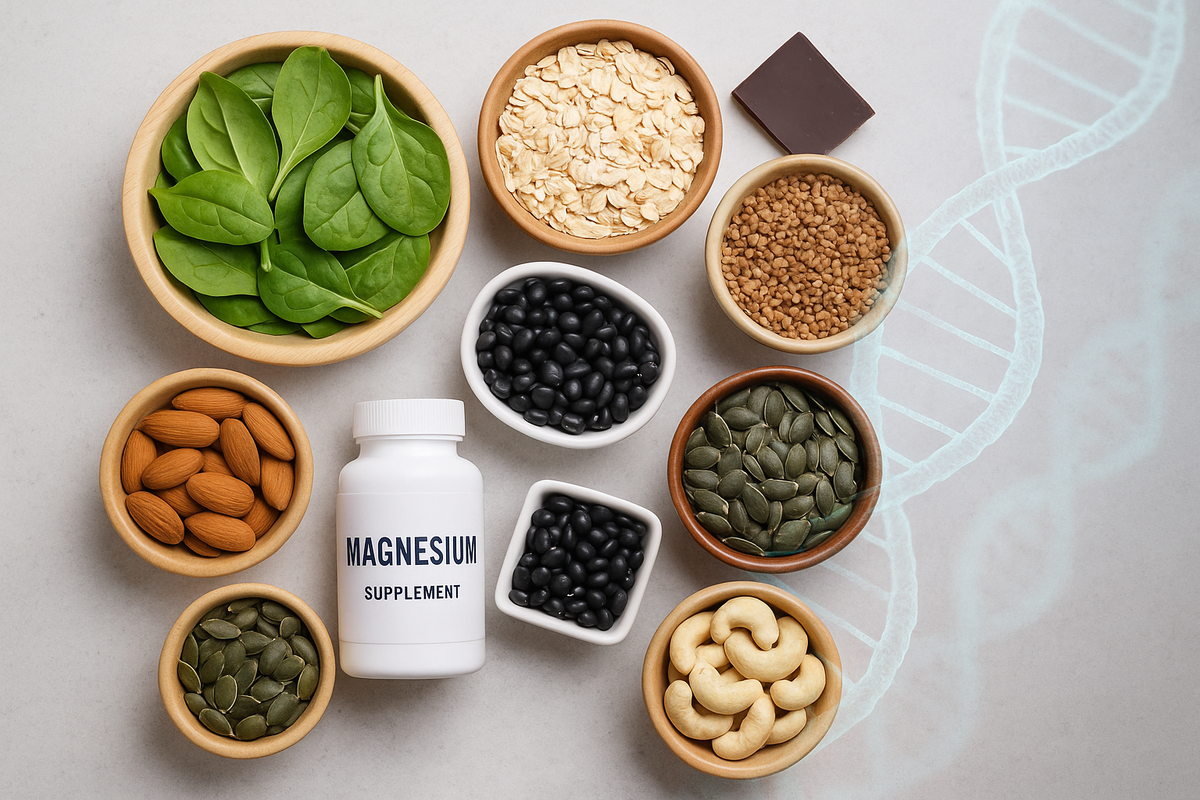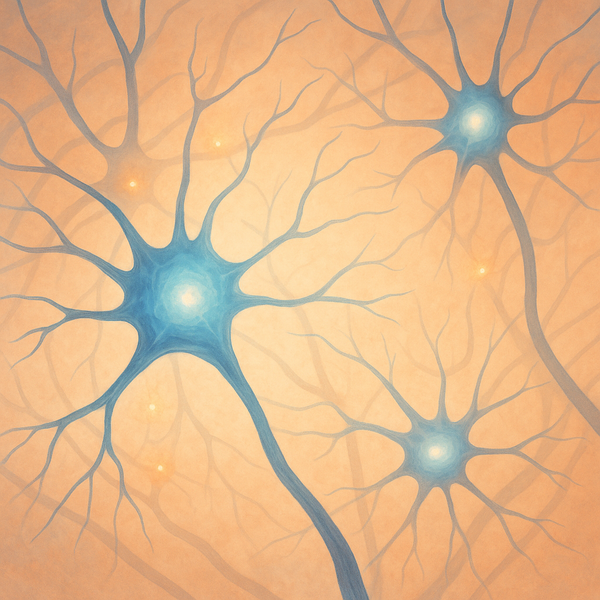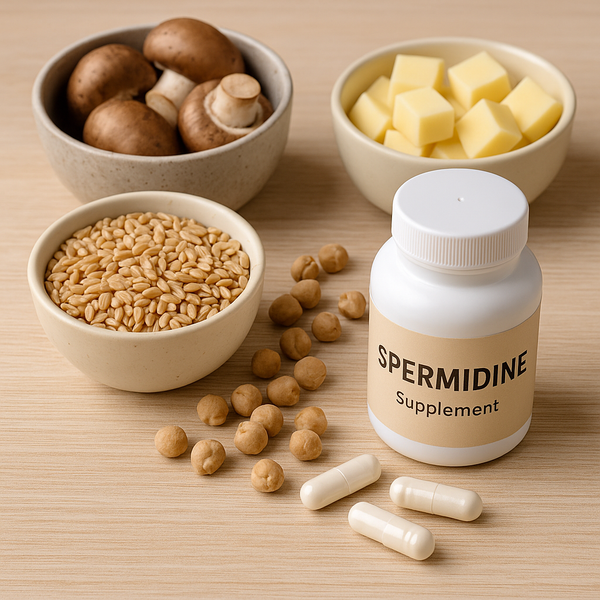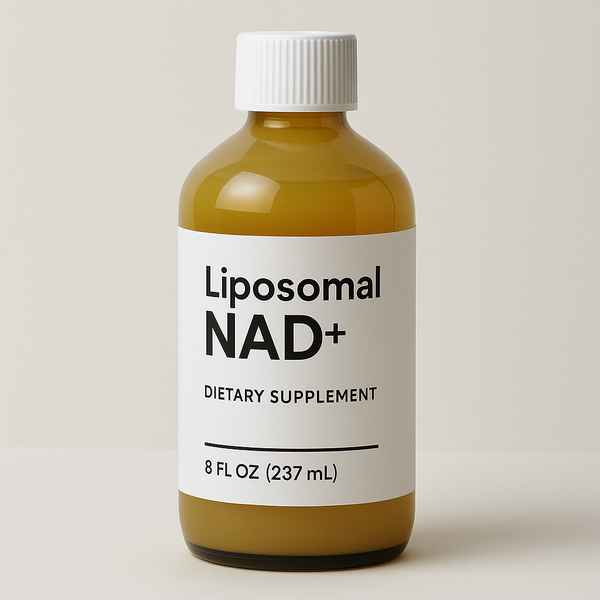Magnesium: The Unsung Mineral Guarding Your DNA

If there’s one mineral I emphasize again and again, it’s magnesium. While it’s often discussed for muscle cramps, sleep, or heart rhythm support, fewer people realize it plays a fundamental role in preserving DNA integrity and genome stability — two crucial pieces in the longevity puzzle.
In this post, I’ll unpack how magnesium helps protect the genome, what the evidence shows (and where gaps remain), and how to integrate this knowledge into a functional-health, longevity-oriented protocol.
Why DNA Protection Matters for Longevity
Every cell division, environmental exposure, metabolic by-product and oxidative stress event threatens the fidelity of DNA. Damage accumulates over time, and repair systems get fatigued — this leads to mutations, senescent cells, mitochondrial dysfunction, and heightened risk of age-related diseases.
From a longevity standpoint, maintaining genomic stability is not optional; it’s foundational. The question then becomes: what support can we provide biologically to bolster DNA repair, replication fidelity and structural stability? Magnesium emerges as a key player in this context.
Magnesium’s Mechanisms in DNA Protection
Here’s how magnesium supports DNA protection at the molecular level:
- Structural stabilization of DNA and chromatin: Magnesium ions help neutralize negative charges on the phosphate backbone of DNA, promoting stable double-helix structure and chromatin compaction.
- Cofactor for DNA replication & repair enzymes: Magnesium is essential for DNA polymerases, ligases and endonucleases involved in replication, base excision repair, nucleotide excision repair and mismatch repair.
- Reduction of oxidative-induced DNA damage: Low magnesium status is associated with increased oxidative stress and higher biomarkers of DNA damage (e.g., micronuclei, nucleoplasmic bridges).
- Cell cycle regulation & apoptosis: Magnesium influences intracellular signaling that governs cell-cycle checkpoints and apoptosis — ensuring damaged cells don’t proliferate unchecked.
In short: without adequate magnesium, the entire machinery of DNA maintenance becomes less efficient. That means more errors, less repair and a higher burden on longevity.
What the Evidence Says
Human and epidemiological evidence
A recent study in middle-aged Australians found that low magnesium plus high homocysteine levels were associated with increased DNA damage markers (micronuclei, nucleoplasmic bridges) in lymphocytes.
Another large review noted that magnesium deficiency is common and correlated with diseases associated with accelerated aging and genome instability.
Intervention trials
In one four-week trial of magnesium supplementation (~500 mg/day) in both sedentary and actively training men, the magnesium group had significantly less DNA damage after oxidative challenge compared to placebo.
Preclinical/mechanistic data
A landmark review described magnesium’s role in “genomic stability” — noting that M g²⁺ is required at physiologically relevant concentrations for DNA synthesis fidelity, repair enzyme function and prevention of oxidative damage.
Key gaps
- Most human intervention trials are small, short-duration and often not powered for long-term disease outcomes.
- We lack well-defined optimal magnesium levels specifically for genome/repair support beyond general health.
- The interplay of magnesium with other nutrients (e.g., homocysteine, B-vitamins, folate) complicates interpretation. For example, the Australian study noted the magnesium-homocysteine interaction.
Practical Application for Longevity & Functional Health
Here’s how I’d integrate magnesium with an emphasis on DNA protection and cellular resilience:
- Target intake: Ensure you meet or slightly exceed the RDA (for adults: ~310-420 mg/day depending on sex/age) and consider higher intake if lax diet, high stress, metabolic dysfunction or heavy training.
- Form & absorption: Magnesium glycinate, citrate, taurate or malate tend to be better absorbed versus oxide.
- Timing: Daily divided dose can help with absorption and patient compliance; evening dosing may support sleep which further reduces oxidative load.
- Synergy: Pair magnesium with B-vitamins (especially B12, folate) to manage homocysteine; with antioxidants (vitamin C, E) and minerals (zinc, selenium) that also support DNA repair.
- Focus on diet: Emphasize magnesium-rich whole foods – leafy greens, nuts/seeds, legumes, whole grains, dark chocolate. These support nutrient status and broader health.
- Lifestyle context: Minimizing exposures that generate DNA damage (smoking, excess alcohol, poor sleep, uncontrolled glucose) increases the efficacy of magnesium’s protective role.
- Monitor & iterate: Consider magnesium serum, RBC or magnesium loading tests; track markers of oxidative stress if available; reassess after 3-6 months.
- Stack illustration: If using other longevity tools (e.g., NAC, liposomal glutathione, NAD boost), magnesium makes sense early in the stack because it reinforces underlying repair infrastructure.
My Take
Magnesium is the kind of foundational nutrient that quietly does heavy lifting. When I look at the “biochemistry of aging,” I often see that many interventions fail because the infrastructure is weak (poor repair, chronic oxidative load, nutrient deficits). Magnesium supports that infrastructure directly by ensuring the DNA replication and repair systems aren’t hampered.
In the longevity stack, I would place magnesium before many of the more novel supplements—not because it’s more glamorous, but because it’s more important. Without stable genome maintenance, everything else is built on shaky ground.
Sources
- Hartwig A. Role of magnesium in genomic stability. Mutat Res. 2001.
- Dhillon VS, Deo P, Fenech M. Low magnesium in conjunction with high homocysteine increases DNA damage in healthy middle-aged Australians. Eur J Nutr. 2024.
- Petrović J, et al. Magnesium supplementation diminishes peripheral blood lymphocyte DNA damage after oxidative challenge. BioMed Res Int. 2016.
- GrassrootsHealth. Magnesium Supplementation may Prevent DNA Damage and Protect Cells. 2020.



